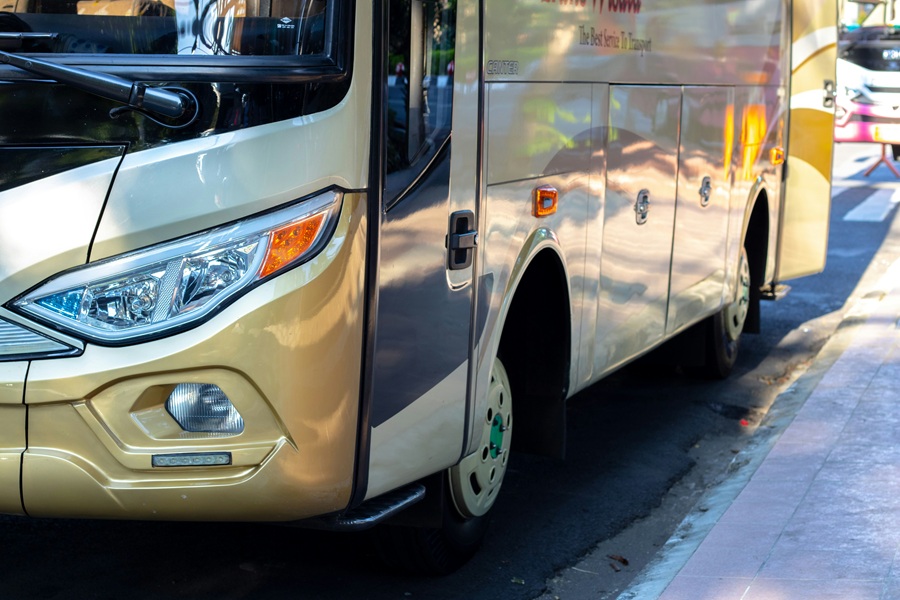The turning assistant is a technical assistance system that is used particularly in commercial traffic to prevent accidents when turning right. It primarily protects pedestrians and cyclists who are in the blind spot and can easily be overlooked by drivers of large vehicles.
What is a turn-off assistant?
A turning assistant supports the driver when turning by monitoring the area to the side of the vehicle. If a collision with a road user is imminent, the system warns the driver – depending on the equipment – visually, acoustically or even by intervening in the vehicle (e.g. automatic braking).
The system is particularly relevant for:
- Truck
- Buses
- Transporter
- Municipal vehicles
- Other commercial vehicles with restricted visibility
Why is the turn-off assistant important?
Particularly in urban areas, serious or fatal accidents happen time and again when turning off because cyclists or pedestrians in the blind spot are not recognized in time. The turning assistant helps to actively prevent such accidents – and thus save lives.
Technical functionality
A turning assistant usually works with the vehicle:
- Radar or ultrasonic sensors
- camera systems
- Combinations of both
These monitor the passenger side of the vehicle and detect moving objects. The driver is warned immediately in the event of danger.
Legal regulations and retrofitting
Since 2022 , all newly type-approved trucks and buses in the EU must be equipped with a turning assistant. Since 2024 , the obligation has applied to all newly registered vehicles in these classes.
There are funding programs for retrofitting existing vehicles, for example via the Federal Office for Goods Transport (BAG). Retrofitting is particularly worthwhile for commercial fleets for liability reasons.
Advantages for the fleet
- Increasing road safety
- Reducing the risk of accidents
- Legal certainty and compliance with legal requirements
- Positive public image through responsible action
Conclusion
The turn-off assistant is an indispensable safety system in the modern vehicle fleet. It not only protects other road users, but also companies from high costs and damage to their image. Retrofitting is technically feasible, eligible for funding and sends a strong signal for more responsibility in road traffic.

